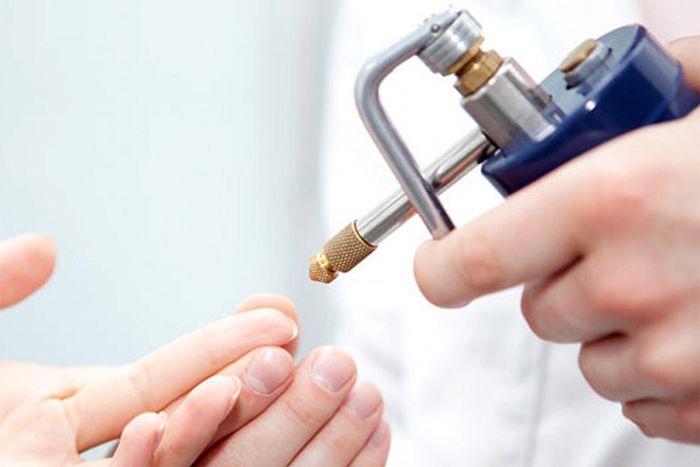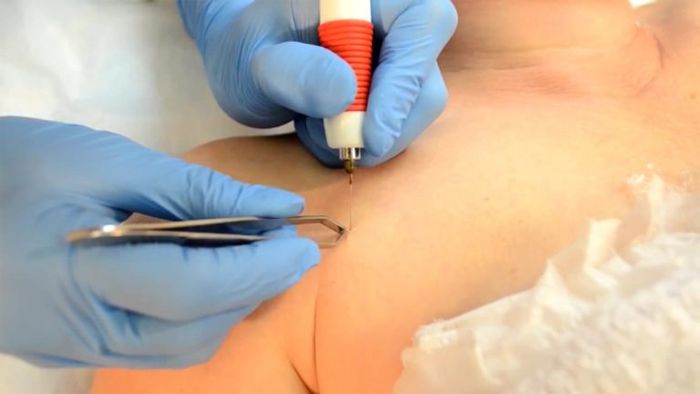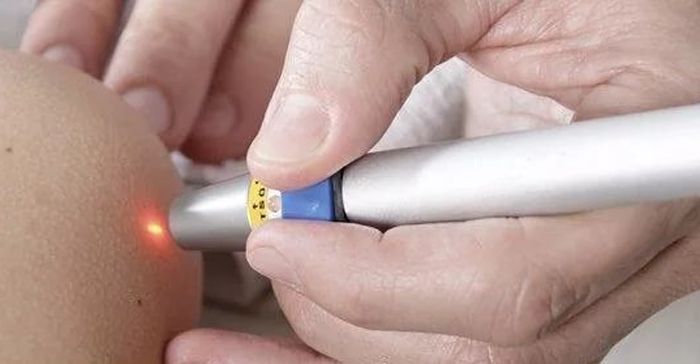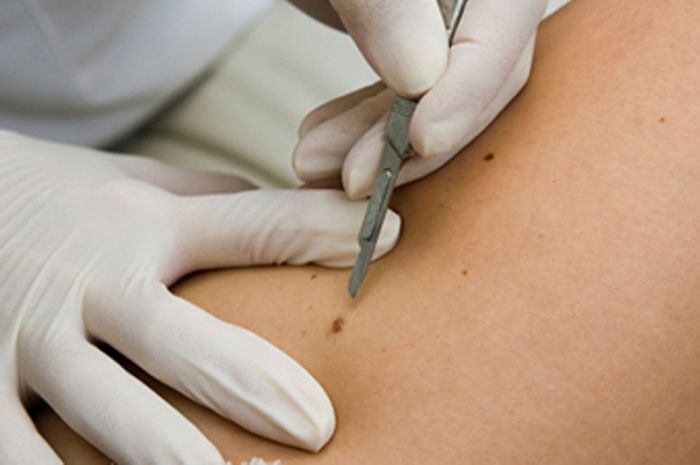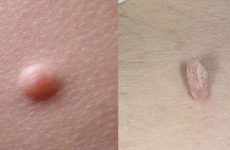Once you see a neoplasm on the body, you must definitely follow it. Are there any changes in size, color.
Or maybe the number is increasing rapidly. But why do papillomas grow on the body? With this question it is better to address to the dermatologist. He will give clear answers and also recommend appropriate treatment.

Why formations appear
The cause of the appearance of papilloma on the body, and sometimes on the mucous membranes, is the human papillomavirus (HPV). One name hides a huge number of viruses that cause the appearance of a wide variety of formations. Their color, shape, size and place of appearance depends on the strain that has settled in the human body.
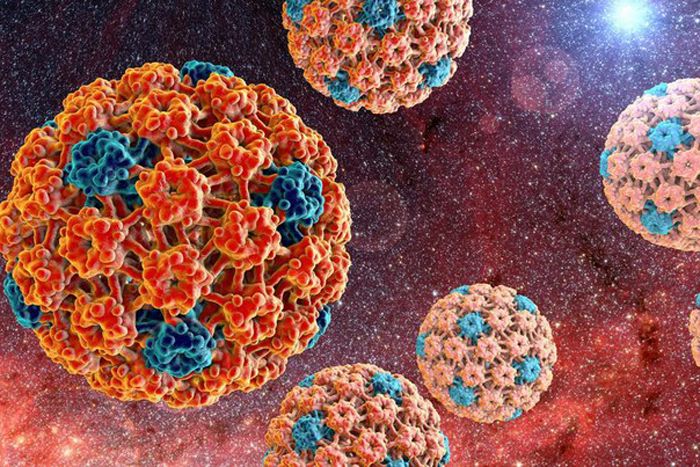
Immediately after infection, there may not be any signs of illness. In most people, the immune system works normally and is able to keep the virus from multiplying. The first manifestations may appear in a few weeks. But in some cases, the first formations appear after a year or more. Given this fact, it is very difficult to determine where and how a person was infected.
If the body’s defense system copes well with viruses, then why do papillomas grow? The reason for this is a decrease in immunity. But the immune system itself can fail if:
- There are diseases of the gastrointestinal tract.
- The person often has more colds.
- In life there are frequent stresses, nervous breakdowns.
- There is a wrong diet.
- A person has bad habits (alcohol, nicotine, drugs, overeating).
- Hormonal disruptions.
- congenital predisposition.
These reasons not only provoke the appearance of formations on the affected area of the body, but also contribute to their growth over a large area of the skin and an increase in the size of a separate papilloma.
If papilloma appeared recently and grew quickly, then most likely there are big problems with immunity in the body. You should urgently contact a dermatologist and immunologist. These two experts will help solve this problem.
Methods of infection
It should be said right away that HPV is quite persistent. He feels good outside the human body. Helps him to survive some inconvenience a large amount of moisture. The virus persists for a long time on wet washcloths, towels, bedding, clothes of a sick person.

Even a small touch will be enough to get the virus. And non-compliance with personal hygiene can provoke the settlement of the virus on any part of the skin. There are several most common ways of transmitting this microorganism:
- Contact-household (clothing, visiting a bath, sauna, swimming pool, children’s toys).
- From mother to baby, during the passage of the birth canal.
- Unprotected sex.
The last method is the most common. The partner may not even be aware of the disease. Formations in the intimate zone often do not differ at all from healthy skin and do not cause much discomfort. In this way, papillomas may appear on the genitals and around the anus.
Why Education Changes
When papillomas have just appeared, but so far there is no desire to consult a doctor, you need to follow them for some time. Formations that do not cause discomfort, do not change size and color, are most likely benign and do not carry any danger.
But if the papilloma grows and pain appears, then a visit to the doctor cannot be avoided and you should not hesitate in this case. Some strains of viruses that cause formations are oncogenic. This means that the formation can degenerate into a malignant one, that is, it can cause a cancer.
The doctor will advise what to do with such a papilloma. But for this you need to conduct a special diagnosis to determine the strain of the virus.
In some cases, one can observe not a change in the size of one individual papilloma or wart, but an increase in their number in a separate part of the body. This is the so-called self-infection. If the formation is often injured, then the virus spreads over healthy areas of the skin and settles even in the smallest cracks.
Treatment
If the papilloma began to grow or the number increases, then the doctor will definitely prescribe a comprehensive treatment. The complex includes medicines and a procedure for removing an external defect. Medicines will be aimed at increasing the body’s resistance, that is, restoring immunity, and at reducing the activity of the virus in the body.
- Antiviral .
- Immunostimulants.
- Immunomodulators .
The virus is so insidious that neither the human body itself nor even modern medicines are able to cope with it. Therefore, it remains forever, and no one can guarantee that the formations will not appear again.
To remove papilloma, fast modern methods are used:
- A liquid nitrogen. Its temperature is very low, which is why the formation is destroyed and disappears after a few days. The procedure is fast and almost painless. After it, there are no scars, and the wound heals quickly.
- medical laser. It creates a high temperature inside the papilloma and, as it were, seals the vessel that feeds the formation. After that, the growth disappears. The effect is fast, almost painless.
- Radioknife. It is considered the most effective procedure. After it, relapses very rarely occur. Papillomas and warts are removed deep enough, and very little virus remains.
- Burning with acids. The preparations are applied exclusively to the neoplasm in order to avoid irritation of healthy areas of the skin. The procedure is painful, wounds heal for a long time, scars may remain.
- Excision with a scalpel. This procedure is usually used only when the affected area is large enough or other methods are unacceptable.
- Electrocoagulation. A high-frequency current acts on the formation and destroys its internal tissues.
Everyone who is faced with the problem of papilloma needs to learn one rule: a consultation with a doctor is required in order to determine the strain that caused the formation.
If everything is not as scary as it seemed at first glance, then you can refuse the removal procedure. But you also need to constantly monitor growths, warts and papillomas. In case of any changes, it is not worth postponing a visit to a specialist.
